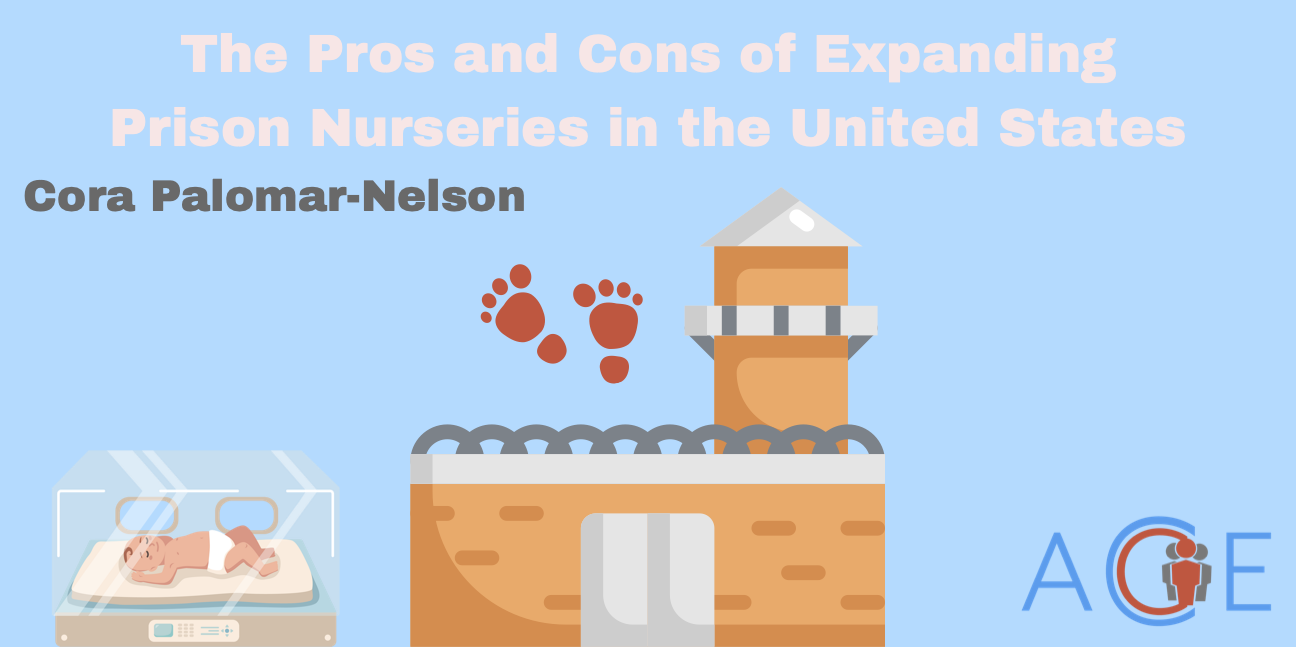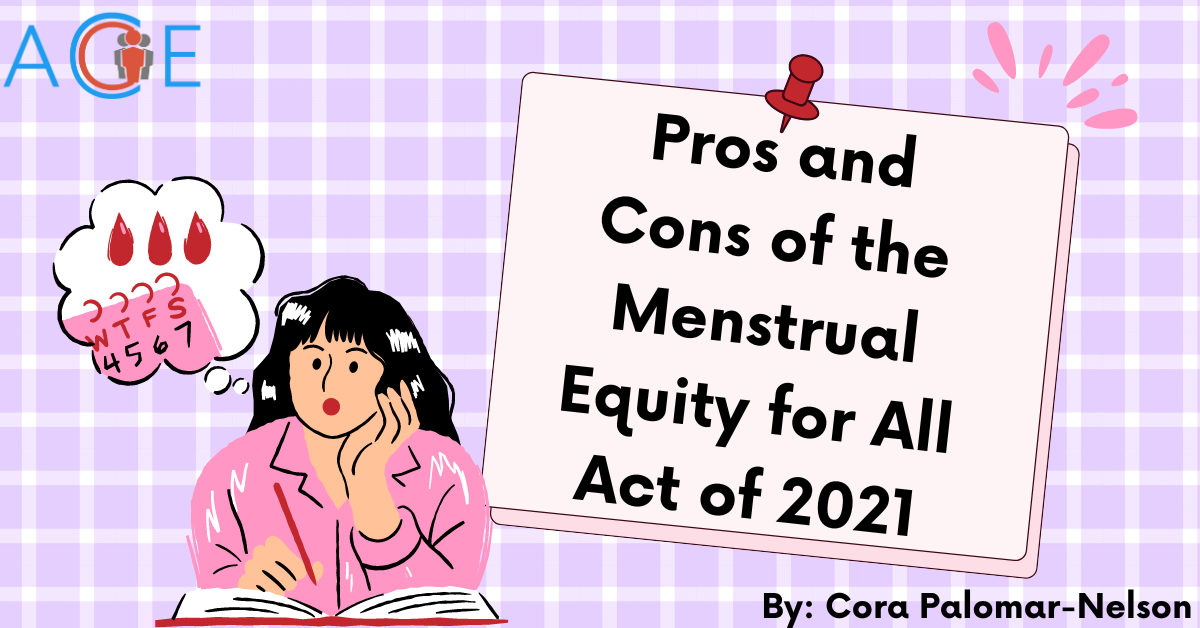What are Prison Nurseries?
United States prison nurseries are programs within correctional facilities that allow pregnant, incarcerated mothers to keep their infants with them from the child’s birth to the end of their sentence. Located within a separate wing of a prison, the nurseries are subject to decreased security and expanded mobility for inmates. Babies have access to on-site daycare while their mothers work prison jobs, attend school, or undergo rehabilitation. Prison nursery expansion would predominantly impact women who are serving time for non-violent crimes and are due to give birth between 18 months to 2 years before their sentence ends. There are currently eleven active prison nurseries in the United States.
SIMARRA
Due to significant increases in female incarceration rates, the debate surrounding prison nursery expansion is gaining momentum. There are currently over 170,000 women in prison, 58% of whom are mothers, and an estimated 58,000 who are pregnant upon incarceration. In 2021, Texas representative Sheila Lee Jackson introduced the Stop Infant Mortality and Recidivism Reduction Act of 2021 (SIMARRA), which aimed to establish prison nurseries programs in all federal prisons. The proposed legislation ordered mandatory parenting classes and frequent health assessments for participants and their infants. Although the bill died at the beginning of 2023, it left controversy in its wake.
Recidivism Benefits Vs. Constitutional Controversy
Advocates of prison nurseries often cite decreased rates of recidivism, or the rate of reoffending, as evidence to support expansion efforts. A study conducted in a prison nursery within Nebraska’s Correctional Facility for Women found that over an 18-year period, there was a 28% reduction of recidivism for successful nursery program participants. Compared to mothers who are separated from their children following birth, prison nursery participants often develop strong maternal bonds and a sense of obligation that encourages healthy parenting and discourages reentrance into the criminal justice system.
However, critics believe that prison nurseries are unconstitutional. Due to the fact that prison nursery expansion would only extend to female correctional facilities, some argue that it violates the Fourteenth Amendment by discriminating against incarcerated men. Furthermore, since infants and toddlers cannot cognitively make choices in their best interest, nor vocalize their desire to leave a facility, some believe that the programs are in violation of a child’s due process rights. Finally, a rigid selection process inhibits most qualified pregnant women from participating in the prison nursery programs. Therefore, while some women are given the opportunity to serve their sentence in close contact with their child, others face forced, and often permanent separation from their infant. The discrepancies between prisoner treatment are often considered unethical.
Cognitive & Emotional Benefits vs. Psychological Uncertainties
Mother-child attachment fostered in prison nursery settings has been found to yield positive and lasting psychological effects for both infant and incarcerated mother. A study conducted in New York State’s Bedford Hills prison nursery tracked the preschool outcomes of children after prison nursery completion. Research found that there are positive or neutral short-term developments in motor-skills and cognitive growth. Compared to infants separated from their mothers at birth, children raised in prison nurseries have been more likely to develop secure attachment, which results in better mental and emotional health, maintenance of strong relationships, and a decrease in one’s likelihood to engage in delinquent behaviors in the future.
Nevertheless, critics note that early childhood development in a correctional facility produces stress for infants, which can lead to trauma. For example, some mothers drop out of prison nursery programs electively due to the pressures of raising a baby in restrained conditions, while others are expelled due to violations of rules. The repercussions of failed participation often instills lifelong feelings of dejection for children who are separated from their mother after initial bonding. Deborah Jiang Stein, an author who spent her first months in the Federal Prison Camp in West Virginia, was removed from her mother after a year in the prison nursery program. She attributes her frequent sensations of internal displacement with the separation and her subsequent time in foster care. Due to high rates of eventual and often abrupt mother-child separation during or after completion of prison nursery programs, some argue that immediate separation of the mother and child after birth is psychologically healthier for the infant.
Financial Advantages vs. Mother-Child Best Interest
Familial and personal challenges lead many incarcerated women to place their infant into the child welfare system. However, due to the oversaturation of the United States foster care system, supporting children in prison nursery programs is financially less expensive. Low prison nursery recidivism rates indirectly cause a decrease in spending on the prison system and child welfare programs. One study found that in West Virginia, prison nursery programs save the state $1,000 per child, per month and in Nebraska, the state saves an average of $17,500 per child, per year. No prison nursery has exceeded the cost of any other child welfare alternative.
Despite the financial draws, critics claim that prison nurseries are not always in the best interest of all mother-child pairs. Today, incarcerated mothers must undergo an application process within their correctional facility to earn a place in the prison’s nursery program. However, there is no individual legal proceeding that determines whether a nursery program is the best option for a particular child. For example, professor, author, and legal scholar James Dwyer argues that prison nurseries have not been proven, beyond a reasonable doubt, to be better than any other “non-incarceration placement alternative.” Options including adoption, which often allow for the development of a relationship between a biological mother and her child, have not been proven by the state to be inferior to prison nursery programs. Without an individual evaluation of each child, some believe that prison nurseries are impeding infants’ rights to freedom and liberty.
Conclusion
The debate surrounding prison nurseries is projected to increase as rates of female incarceration in the United States grow. While research on the topic of prison nurseries in the United States is considered less populous than research on other criminal justice issues, new policies are increasing discussion surrounding the prison programs. It is expected that legislation like SIMARRA will be prominent in national discourse surrounding future criminal justice reform policies. Ultimately, the path forward is dependent on deciding whether prison nursery programs should be federally mandated and controlled, or if their establishment and maintenance should remain in the hands of individual prison facilities.


